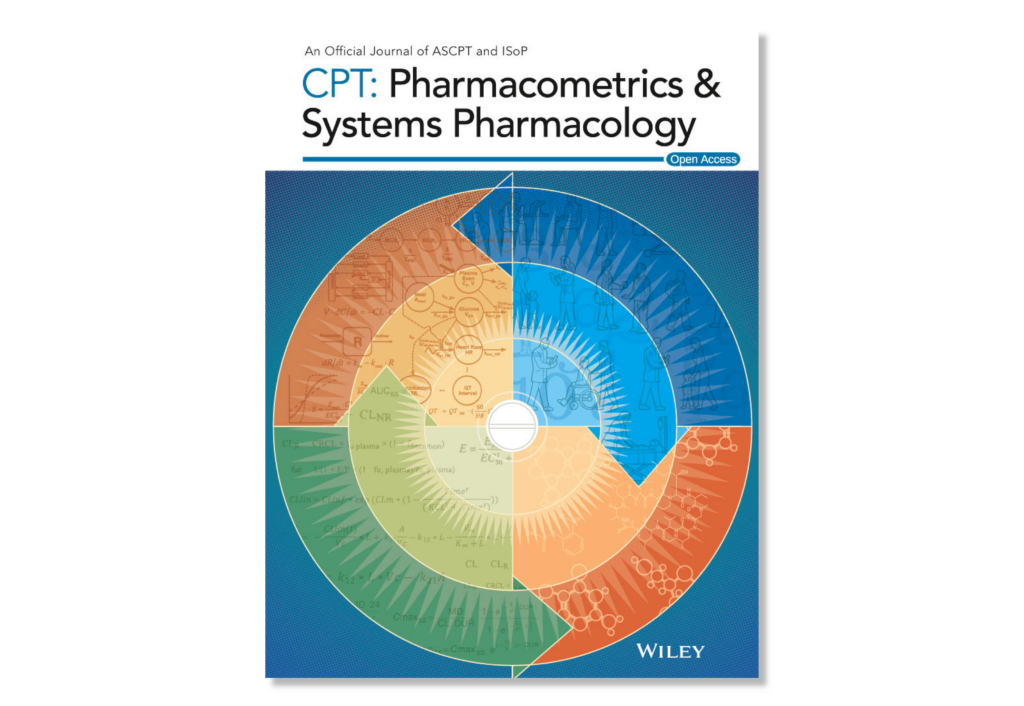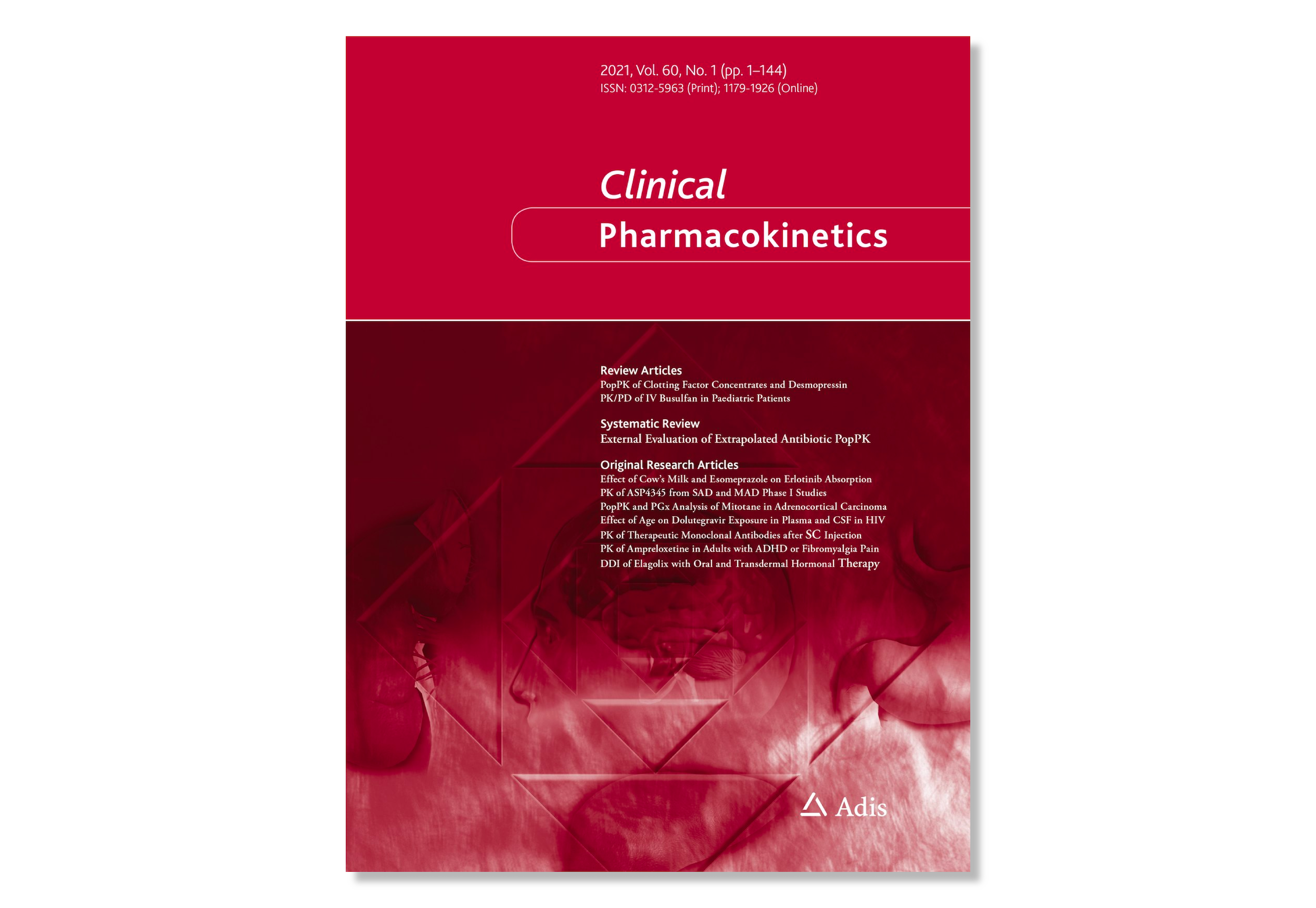

Model-Informed Precision Dosing of Everolimus: External Validation in Adult Renal Transplant Recipients
Abstract
Background and Objective
The immunosuppressant everolimus is increasingly applied in renal transplantation. Its extensive pharmacokinetic variability necessitates therapeutic drug monitoring, typically based on whole-blood trough concentrations (C0). Unfortunately, therapeutic drug monitoring target attainment rates are often unsatisfactory and patients with on-target exposure may still develop organ rejection. As everolimus displays erythrocyte partitioning, haematocrit-normalised whole-blood exposure has been suggested as a more informative therapeutic drug monitoring marker. Furthermore, model-informed precision dosing has introduced options for more sophisticated dose adaptation. We have previously developed a mechanistic population pharmacokinetic model, which described everolimus plasma pharmacokinetics and enabled estimation of haematocrit-normalised whole-blood exposure. Here, we externally evaluated this model for its utility for model-informed precision dosing.
Methods
The retrospective dataset included 4123 pharmacokinetic observations from routine clinical therapeutic drug monitoring in 173 renal transplant recipients. Model appropriateness was confirmed with a visual predictive check. A fit-for-purpose analysis was conducted to evaluate whether the model accurately and precisely predicted a future C0 or area under the concentration–time curve (AUC) from prior pharmacokinetic observations. Bias and imprecision were expressed as the mean percentage prediction error (MPPE) and mean absolute percentage prediction error (MAPE), stratified on 6 months post-transplant. Additionally, we compared dose adaptation recommendations of conventional C0-based therapeutic drug monitoring and C0– or AUC-based model-informed precision dosing, and assessed the percentage of differences between observed and haematocrit-normalised C0 (∆C0) and AUC (∆AUC) exceeding ± 20%.
Results
The model showed adequate accuracy and precision for C0 and AUC prediction at ≤ 6 months (MPPEC0: 8.1 ± 2.5%, MAPEC0: 26.8 ± 2.1%; MPPEAUC: − 9.7 ± 5.1%, MAPEAUC: 13.3 ± 3.9%) and > 6 months post-transplant (MPPEC0: 4.7 ± 2.0%, MAPEC0: 25.4 ± 1.4%; MPPEAUC: − 0.13 ± 4.8%, MAPEAUC: 13.3 ± 2.8%). On average, dose adaptation recommendations derived from C0-based and AUC-based model-informed precision dosing were 2.91 ± 0.01% and 13.7 ± 0.18% lower than for conventional C0-based therapeutic drug monitoring at ≤ 6 months, and 0.93 ± 0.01% and 3.14 ± 0.04% lower at > 6 months post-transplant. The ∆C0 and ∆AUC exceeded ± 20% on 13.6% and 14.3% of occasions, respectively.
Conclusions
We demonstrated that our population pharmacokinetic model was able to accurately and precisely predict future everolimus exposure from prior pharmacokinetic measurements. In addition, we illustrated the potential added value of performing everolimus therapeutic drug monitoring with haematocrit-normalised whole-blood concentrations. Our results provide reassurance to implement this methodology in clinical practice for further evaluation.
Zwart, T.C., Moes, D.J.A.R., van der Boog, P.J.M., Ron J Keizer, et al. Model-Informed Precision Dosing of Everolimus: External Validation in Adult Renal Transplant Recipients. Clin Pharmacokinet (2020). https://doi.org/10.1007/s40262-020-00925-8
